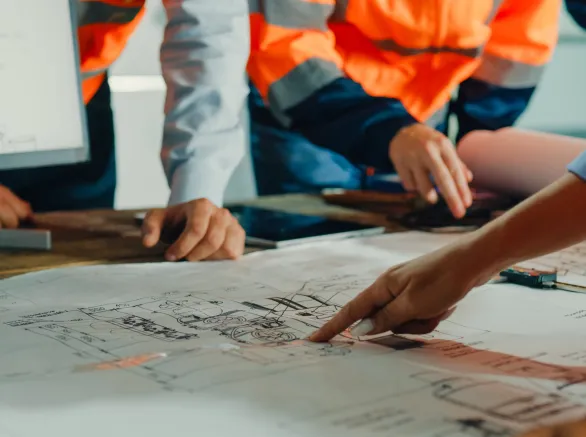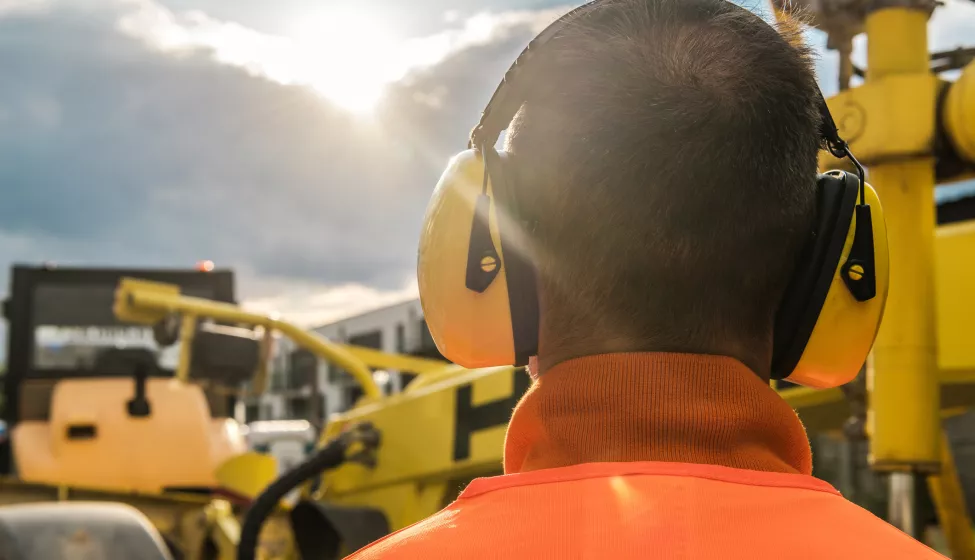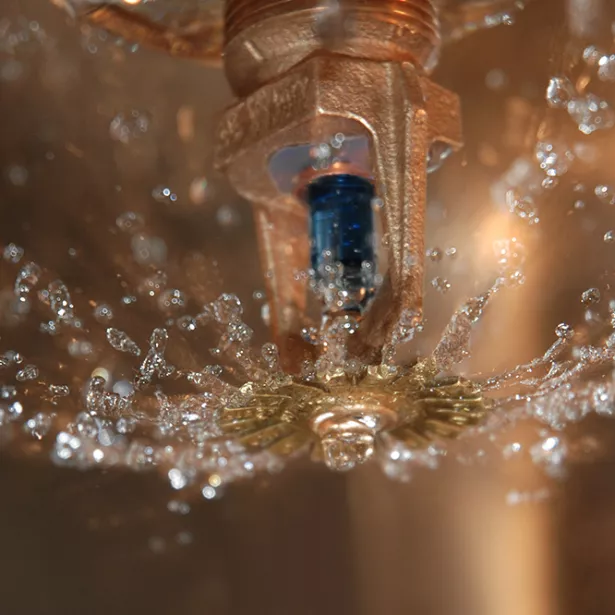March 7, 2024

Understanding the complexities of reported noise disturbances may require a multifaceted scientific approach
From construction sites to pickleball courts to traffic congestion, community noise complaints arising from everyday sources create concerns over the effect of noise on well-being and health, the loss of sleep and recovery, and adverse effects on the development of children.
For municipalities, construction companies, and other large-scale noise generators, it's best practice to develop a comprehensive noise monitoring plan before launching sound-producing activities, especially given the rise of noise-detecting technologies and public awareness of the impacts of noise exposures. Smart cities are turning up the volume on noise complaints by installing cameras and sound meters to capture vehicle noise violations while apps like the Airnoise app allow residents to register airplane noise complaints with the click of a button.
Despite their best efforts, stakeholders — ranging from construction sites and flight path operators to schools and community recreation centers — may find themselves facing community noise complaints, which can carry the risk of litigation, reputation damage, and frayed public relations if not handled correctly. Determining the legitimacy of these noise complaints requires a suite of tools and a data-driven approach to analyze the alleged sources of the complaint, establish the significance of the disturbance, and predict community response while proactively working to prevent noise complaints in the future.
The varying human perception of noise
Analyzing noise complaints requires knowing what data to collect, but this is complicated by the fact that everyone perceives sound differently. An individual's response to sound — or psychoacoustic perception of sound — varies based on cultural factors, sensitivity to noise, what they were doing at the time of exposure, and more.
For example, sources of noise such as football games, children's recreation areas, and concerts often elicit very different responses from those nearby, ranging from fun and playful to a minor annoyance to the cause of significant disruption. In 2019, for instance, the volume of noise at Kentucky's Bourbon & Beyond festival made headlines, but while some residents were angered, others described a very loud Foo Fighters set as a "nice lullaby" for their children. There's also always the possibility that a noise-producing venture becomes a source of litigation: Northwestern University has recently been involved in a lawsuit related to its Ryan Field stadium and proposal to host summer concerts to help pay for the facility, which has been met with outrage from residents over the potential disturbances.
Predictive models play an essential role in analyzing community noise complaints because the complaint may be driven by a small number of highly annoyed residents.
Because people perceive sound differently, data from sound-level meters and laboratory microphones using essential acoustic metrics (e.g., A-weighted decibels expressed in units dBA or dB(A) and Zwicker parameters) is critical because it helps characterize how "noisy" a sound may have seemed to a particular group.
Measuring sound to quantify noise perceptions
As our ears and brains interpret sound differently, we hear some frequencies as louder than others. A-weighted decibel units (dBA) used to measure data from sound-level meter readings are designed to account for variations in the human perception of loudness by modifying the decibel (dB) reading according to how sensitive the average human ear is to different frequencies of sound (the A-weighting).
For example, a change in sound level of ±5 dBA is considered clearly noticeable, whereas people would categorize a change in sound level of ±10 dBA as twice or half as loud. But if the sound level changes only by ±3 dBA, many people may not even notice the increase or decrease. As a result, an absolute change in sound level must be interpreted carefully in light of human perception variations.
While basic sound level meter readings provide important information about human perception through loudness measures, the time-dependent data collected by a laboratory microphone or an advanced sound level meter with data recording capabilities provides detailed insights, especially regarding annoyance. We can quantify how "annoying" a noise was by processing microphone pressure data for noise metrics known as Zwicker parameters, which include sharpness, fluctuation strength, and roughness.
For example, when Zwicker parameters show that the sharpness and roughness characteristics of a sound are especially high, they uncover particular insights, such as why a fingernail scratch on a blackboard might draw cringes even when heard from a hundred feet away. Zwicker parameters also quantitatively explain why sirens and alarm clocks work well to alert people to critical information.

Putting community noise complaints in context
In addition to the human perception of sound, examining the human context of sound can help reveal how a community may have perceived a given sound:
- When was the noise created? Was it during the workday when residents were away from their homes?
- What produced the noise? Was the noise created by a diesel generator powering construction equipment all night long?
- Was the noise impulsive and periodic in nature, like pickleball or pile-driving, or was it continuous, like an engine idling?
- How long did the noise last: for a minute or for hours?
- Where is the neighborhood? Is the community already exposed to other noise sources?
For instance, community noise complaints are often generated by noise sources that are not native to the community. This is why construction projects near neighborhoods, recreational activities adjacent to residential housing, and traffic near homes often generate noise complaints, whereas noisy lawnmowing in the morning and children who play and shout late into the evening often do not.
Consequently, if absolute sound levels from recordings suggests there is no cause for a noise concern, it is possible a community has risen up against an unfamiliar noise source that temporarily upset the acoustic norms of the community.
Gathering sound data
Knowing how to best collect data is as important as knowing what data to collect. Here are some best practices for gathering data about sound issues and noise complaints:
Know your codes:
- Recording noise: Municipal codes often dictate how to record noise and often recommend the use of sound level meters to record a noise source in the community.
- Distance from noise: While local codes may require measuring the sound level a certain distance from the noise source, community noise complaints often originate from a resident who is at a different distance from the noise. For example, the codes may require that construction companies monitor the sound level of their activities at a distance of 50 feet, but neighborhood complaints may be collected from residents hundreds of feet away from the construction. In other cases, sound may travel a shorter distance than codes indicate due to natural barriers obscuring the noise, such as hills, dense foliage, or other commercial and industrial buildings. As a result, it's good practice to collect acoustic measurements not only from the required locations according to code but also from where the complaints originated.
Measure sound in real-time:
- Continuous acoustic data: Because basic sound level meters often only save the overall sound level per increment of time, such as one-second increments, it's wise to complement averaged sound-level meter readings with continuous acoustic data collected using traditional laboratory microphones or advanced sound level meters, which collect the actual sounds as heard in time. Stakeholders can use this real-time data to analyze the human perception-based characteristics of noise, including Zwicker parameters, that sound-level meters do not capture.
If your community noise complaint is delivered long after the noise has ceased, making it difficult to collect new acoustic recordings, it is possible to work with data collected during the noise-generating activities — or even to work with no acoustic data at all. For example, if a construction site only had vibration data to work with, that could be leveraged to confirm sound levels and model the likely propagation of sound over a specific distance.
Science meets psychology: interpreting community noise complaints
With sufficient data gathered — the contextual information about the noise generation along with the loudness recorded by sound level meters and lab microphones — we can assess the legitimacy of the complaint by building a predictive model to analyze community reaction to a given acoustic disturbance. These models account for the duration, location, frequency, and loudness of the noise, as well as the location of the community, to approximate the seriousness of potential community reactions.
Predictive models play an essential role in analyzing community noise complaints because the complaint may be driven by a small number of highly annoyed residents. It's often best practice to de-escalate community reactions by acknowledging how the noise exposures may have affected their quality of life while interpreting such impacts considering the factual data.
What Can We Help You Solve?
Exponent's specialized acoustics consultants can help you evaluate the technical and psychological dimensions of community noise complaints. We work with municipalities, construction companies, and other stakeholders to understand the science behind noise complaints to support dispute resolution and implement mitigation measures.

Acoustics Consulting & Analysis
Exponent acoustics experts — including consultants from mechanical engineering, human factors, thermal sciences, buildings and structures, and other discipl...
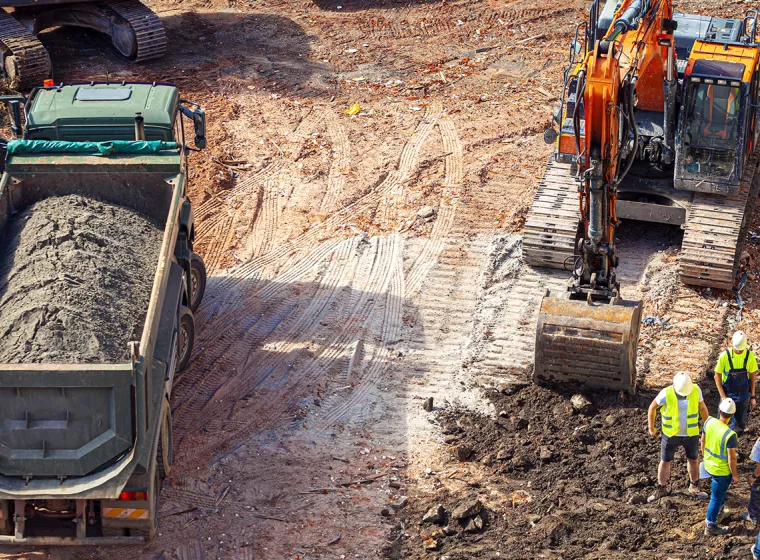
Construction Vibrations
Measure and evaluate vibration sources and amplitudes to minimize damage from adjacent construction.
![Energy Generation Distribution & Transmission [EECS]](/sites/default/files/styles/cards_home_card/public/media/images/GettyImages-127544289.jpg.webp?itok=N22Cvdok)
Turbines, Boilers & Power Plants
Diagnose performance issues with expert power propulsion systems analysis for every industry.
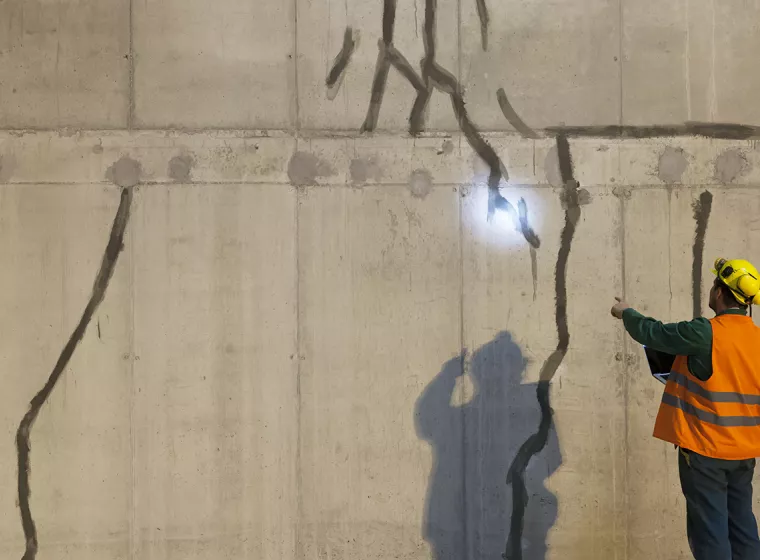
Damage from Adjacent Construction
Effectively identify and address construction risks to nearby buildings and analyze property damage.
![Vibration & Dynamic Analysis [ME]](/sites/default/files/styles/cards_home_card/public/media/images/GettyImages-1255653769.jpg.webp?itok=jgokc1P_)
Vibration & Dynamic Analysis
Identify and rectify vibration issues within mechanical systems.

Mechanical Failure Analysis
Discover the root cause of mechanical failure using visual modeling simulation, data analysis, on-site investigations, and laboratory testing.
Insights
